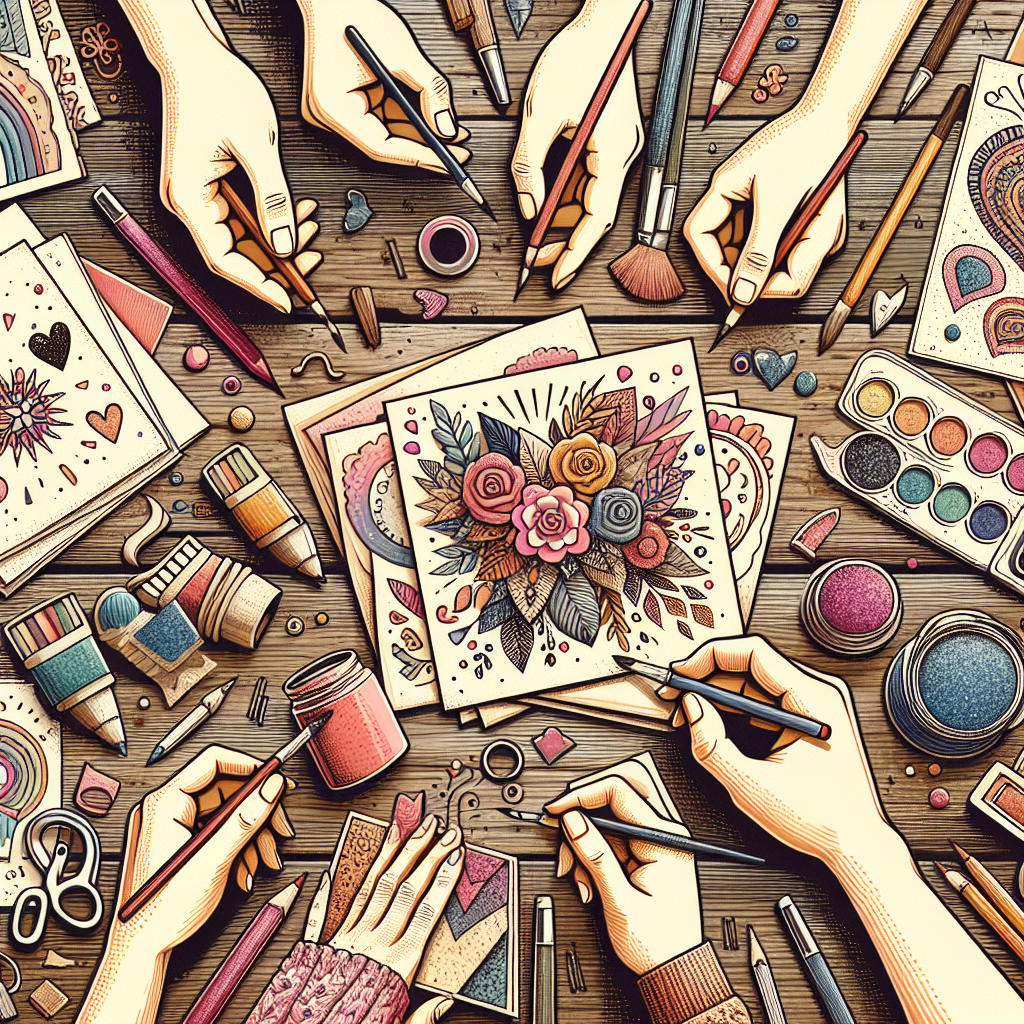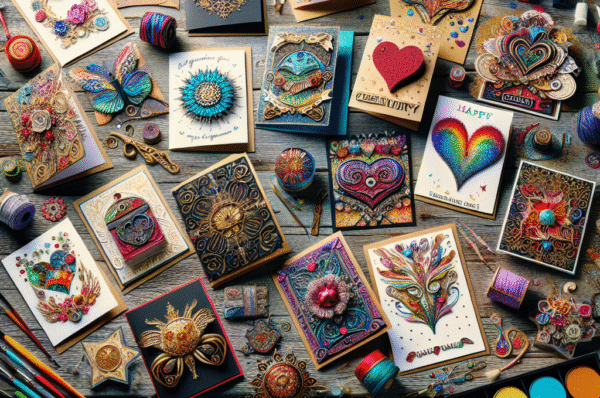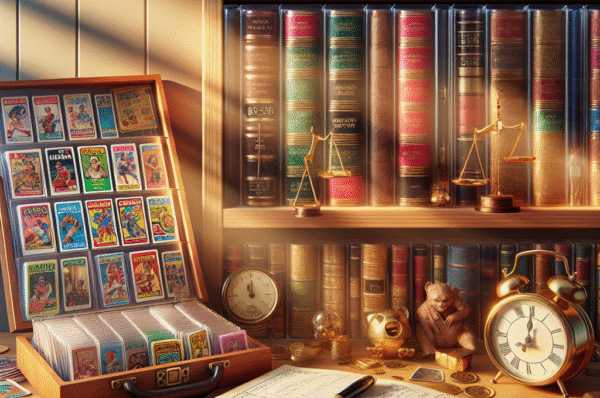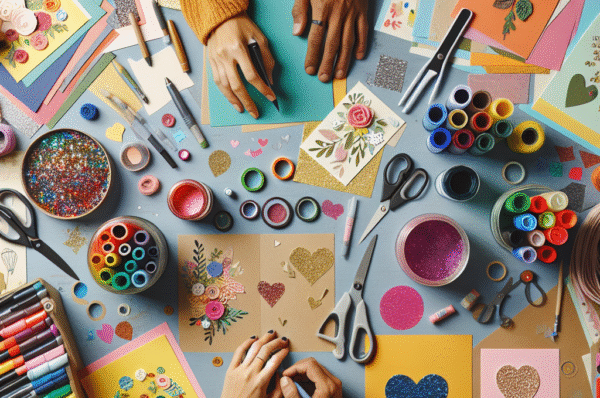In a digital world filled with instant messaging and social media, the charm of a handwritten card still holds a special place in our hearts. Custom cards are not just about sending messages; they are about personal connections, creativity, and expressing our uniqueness. Whether for birthdays, holidays, or just because, creating your own custom cards can be a fulfilling and imaginative endeavor.
Why Choose Custom Cards?
1. Personal Touch
Custom cards offer a way to convey emotions in a way that generic store-bought cards often cannot. When you design your own card, you’re infusing it with your personality and care, making your message much more meaningful.
2. Unique Designs
You can tailor every aspect of your card. From the color scheme to the graphics and text, the possibilities are endless, allowing you to design something that truly reflects the recipient’s personality.
3. Versatile Uses
Custom cards can serve multiple purposes. Whether for thanking someone, celebrating an achievement, or sending a heartfelt note, a custom card can fit any occasion.
Getting Started: Materials You’ll Need
1. Cardstock
Choosing the right weight and texture for your cardstock can elevate your card’s feel. Look for quality materials that lend an upscale finish to your creations.
2. Art Supplies
Depending on your artistic flair, gather an assortment of materials such as markers, colored pencils, watercolor paints, or stencils.
3. Digital Design Tools
If you prefer a digital approach, software like Adobe Illustrator, Canva, or even free online editors can help you create professional-looking designs.
4. Printer (if applicable)
A quality printer can make a significant difference in the final look of your custom cards. Make sure to use ink that is vibrant and durable.
Designing Your Card
1. Conceptualizing Your Design
Think about the occasion and the recipient. What colors do they like? Do they have any specific interests? Brainstorm elements that could make your card special.
2. Layout
Sketch out a rough design before committing. Consider where to place text, images, and any decorative elements. Balance is key—ensure no single aspect overpowers the others.
3. Typography
Choose fonts that align with the mood of your card. Script fonts lend a touch of elegance, while bold sans-serif fonts provide a modern vibe. Make sure to keep readability in mind.
4. Incorporating Images
Whether it’s hand-drawn illustrations or stock images, visuals can add an eye-catching flair. Be sure they enhance the overall theme instead of cluttering the design.
Adding Personal Touches
1. Handwritten Messages
Nothing beats a handwritten note. The effort you put into writing adds warmth to your message.
2. Custom Seals or Stickers
Seal your envelopes with custom stickers or wax seals to add a classy touch.
3. Unique Envelopes
Don’t overlook the importance of the envelope. A beautifully designed envelope can set the tone for what’s inside.
Tips for Success
1. Make a Prototype
Before diving in, create a prototype to gauge the overall look and feel. This allows you to make adjustments and prevent any last-minute issues.
2. Seek Feedback
Don’t hesitate to show your designs to friends or family for input. Fresh eyes can spot improvements you might have missed.
3. Practice Makes Perfect
Creating custom cards is a skill that improves over time. Don’t be discouraged if your first attempts don’t turn out as you envisioned.
Final Thoughts
Creating custom cards is not just about crafting a beautiful design; it’s about connecting with others in a personal way. Through this art form, you can unlock your creativity, craft meaningful messages, and bring smiles to the faces of your loved ones.
So, gather your materials, unleash your imagination, and start designing custom cards that are not only a joy to create but also a pleasure to receive. Let your creativity shine!




